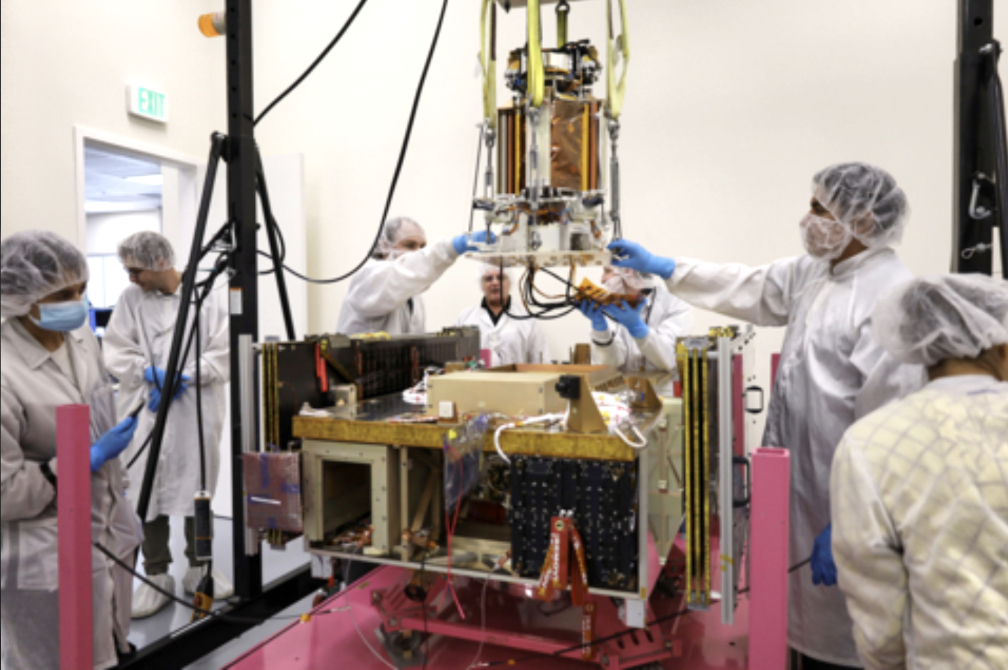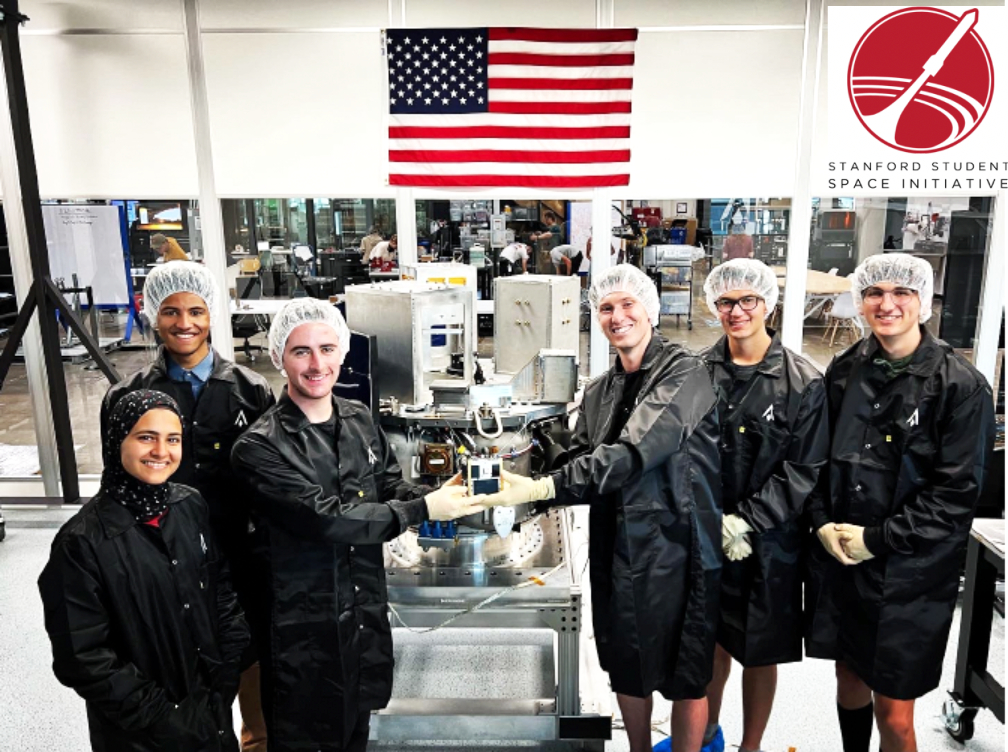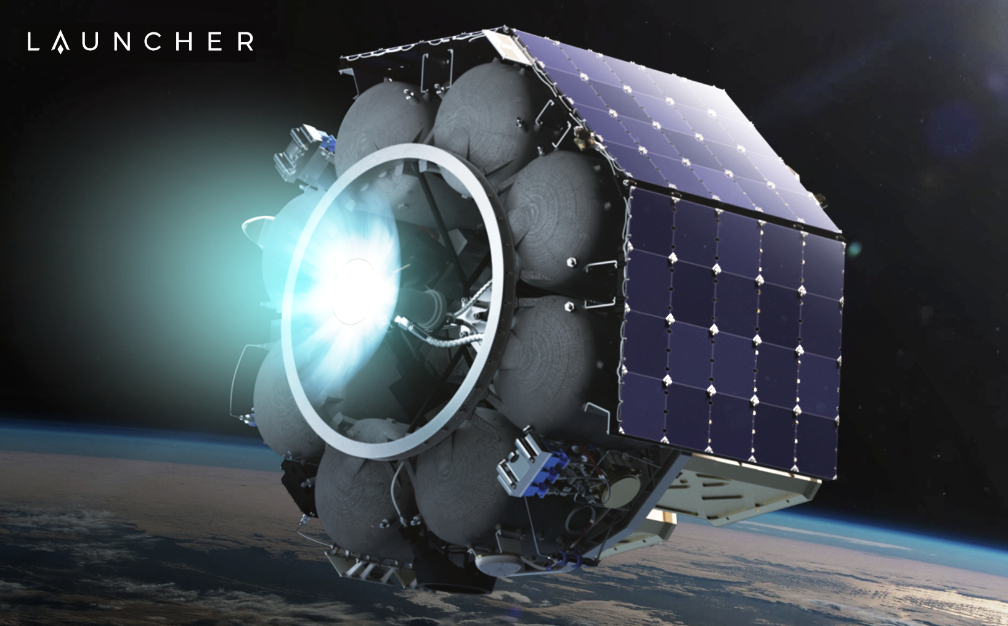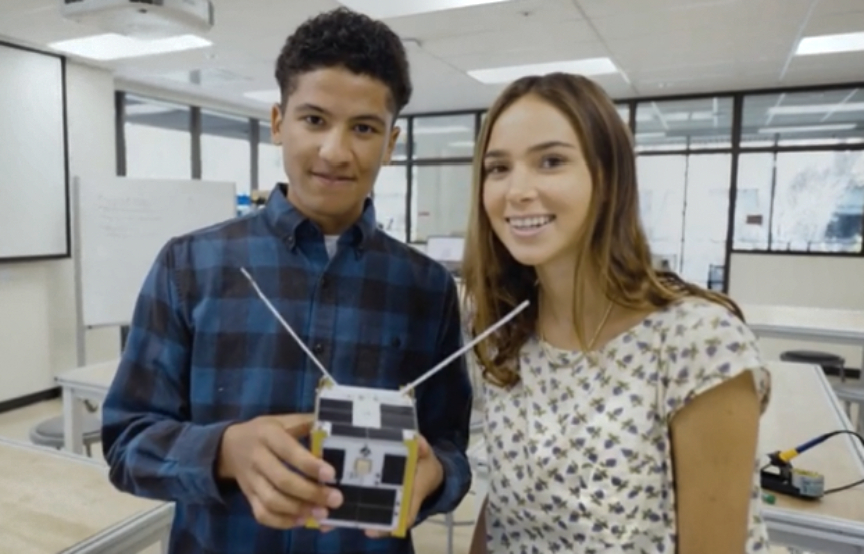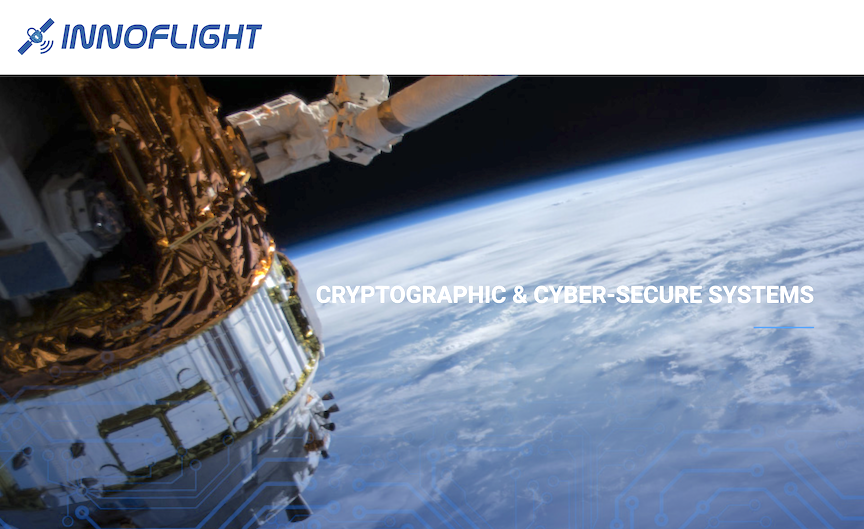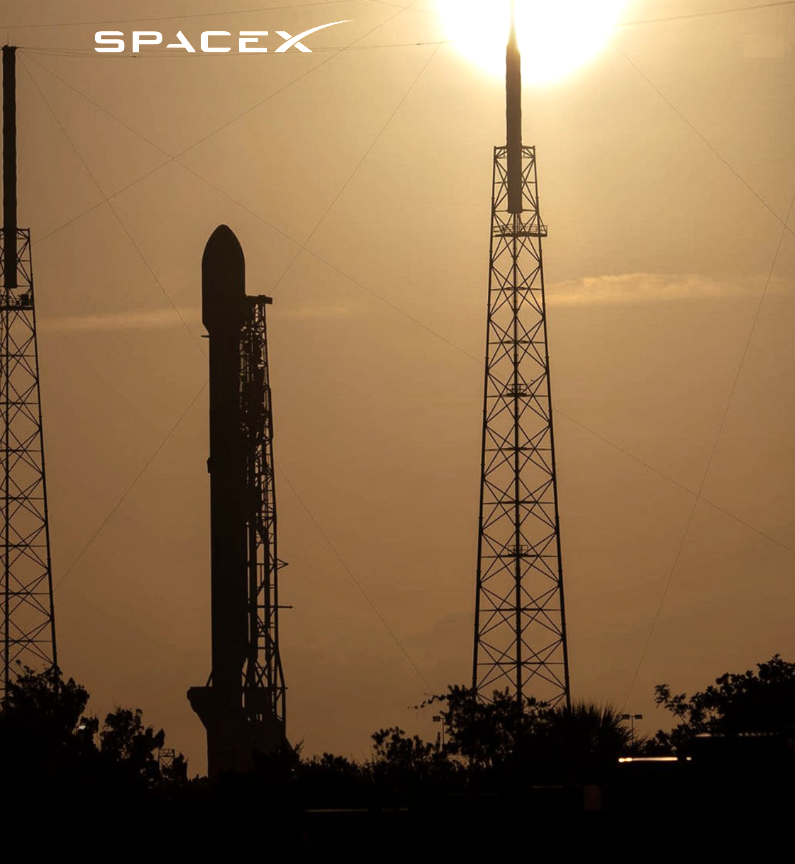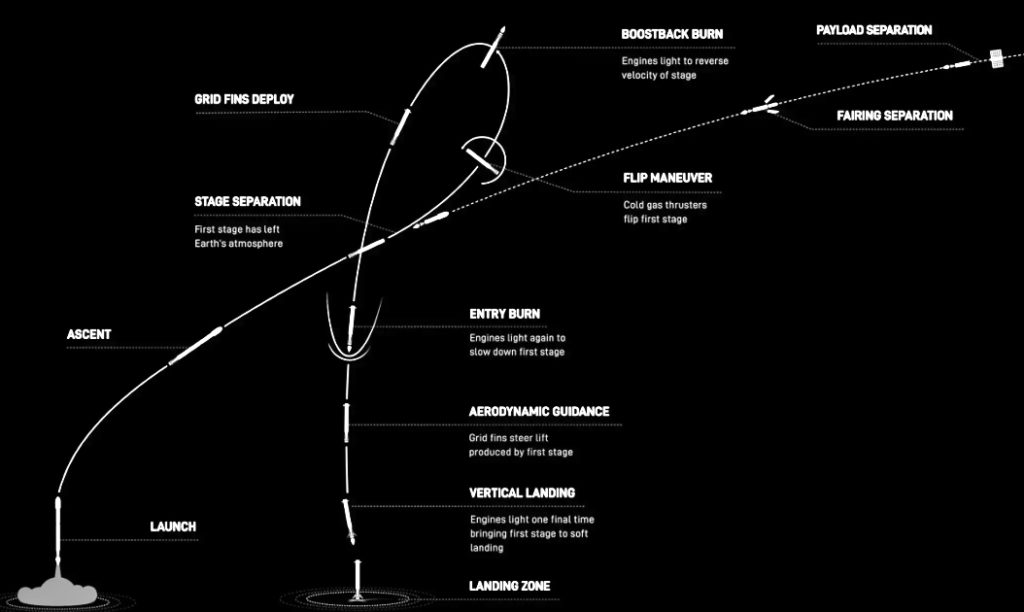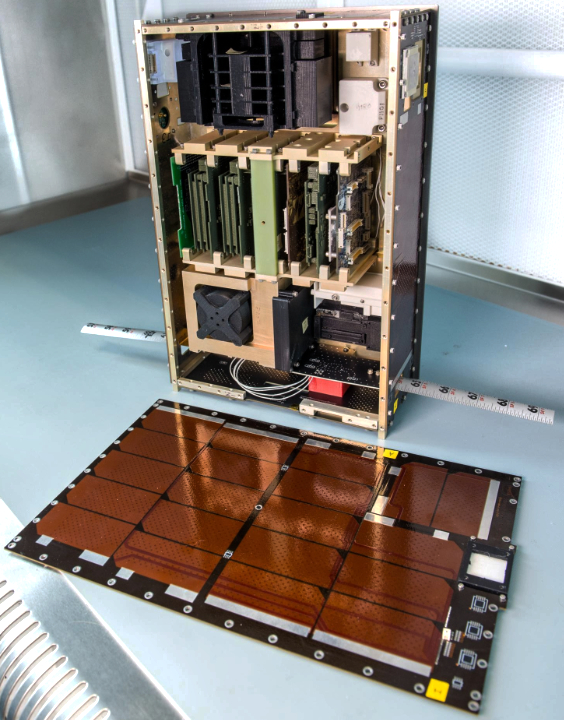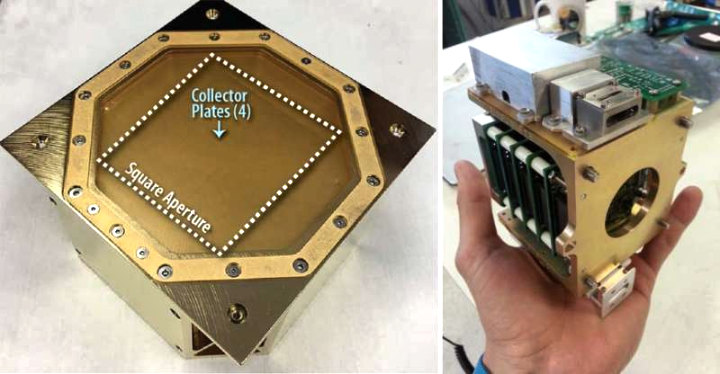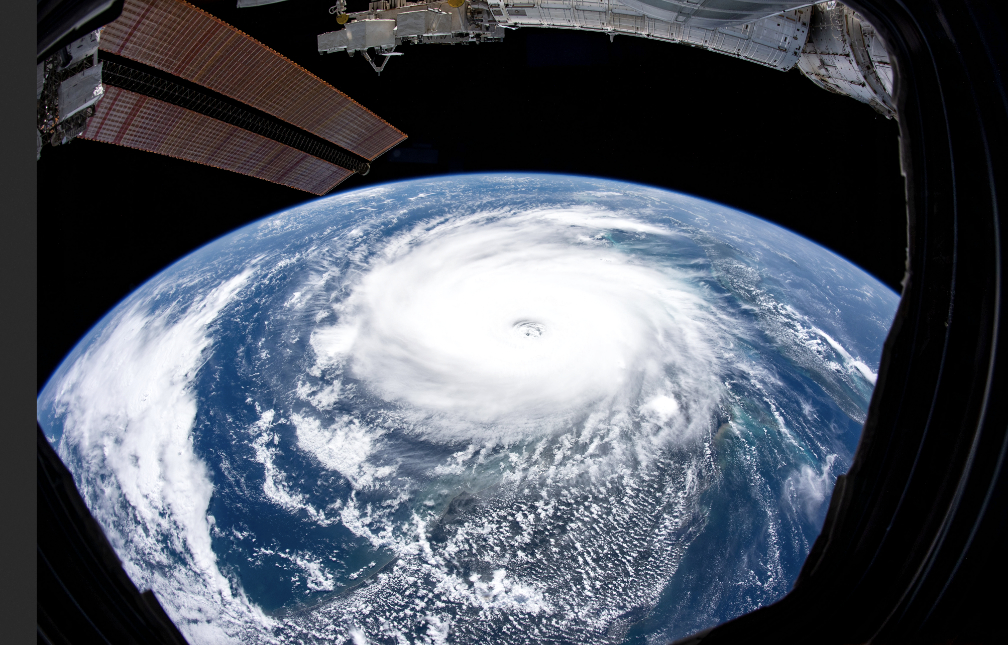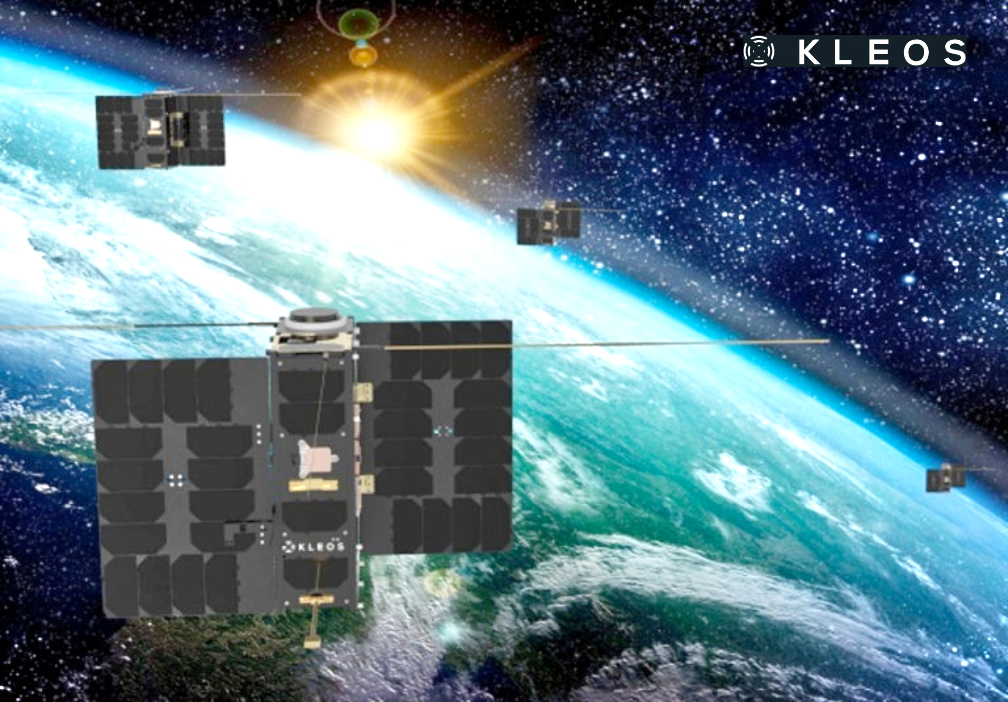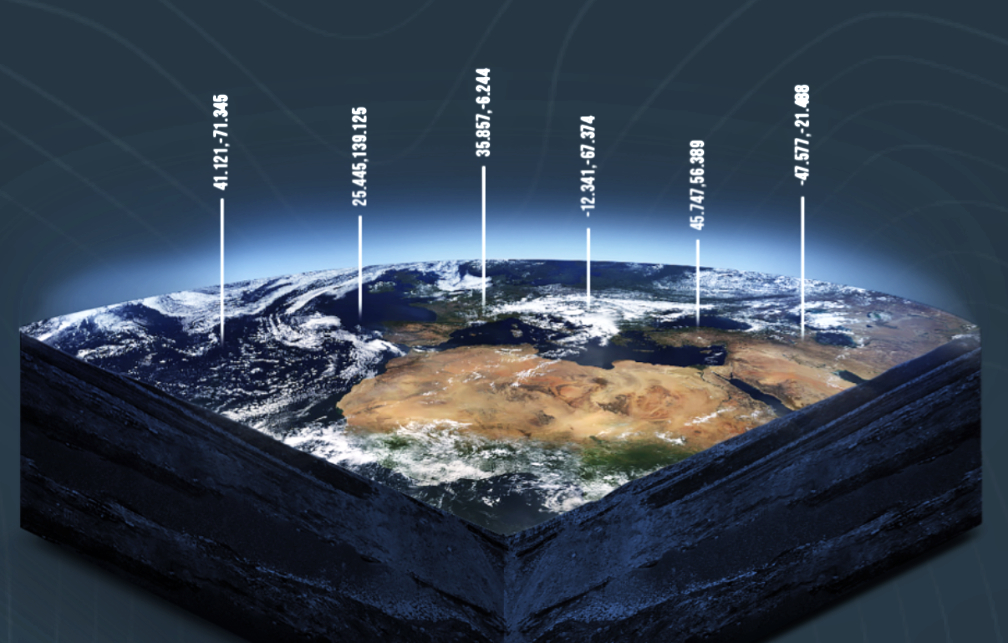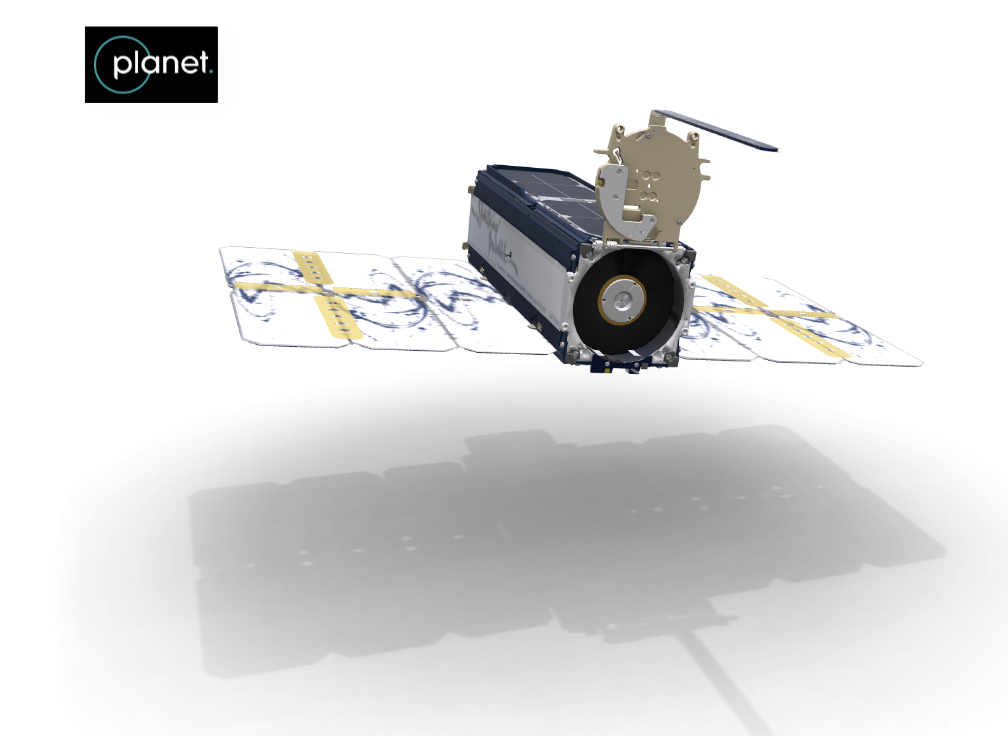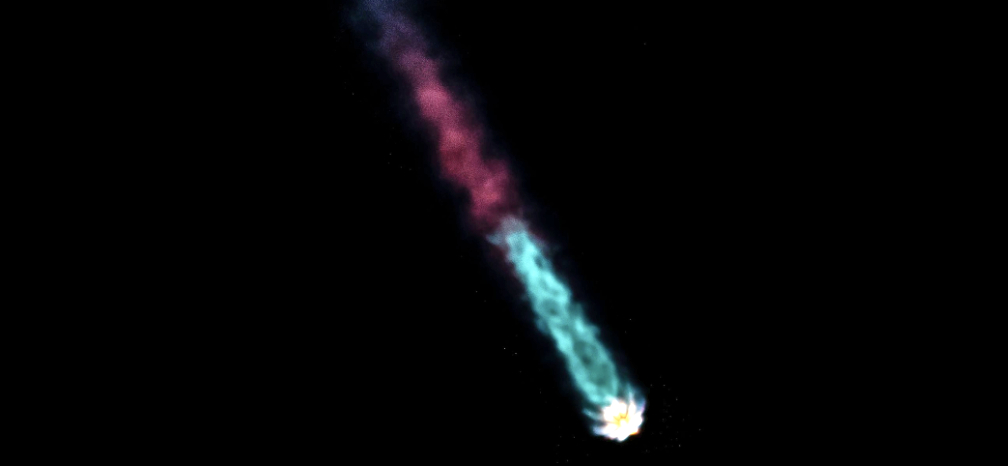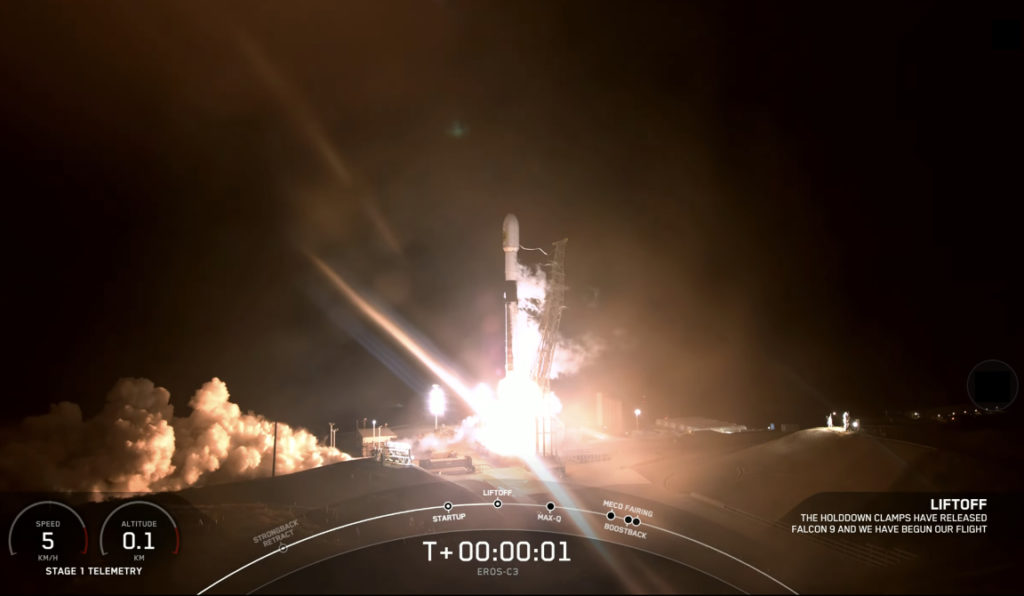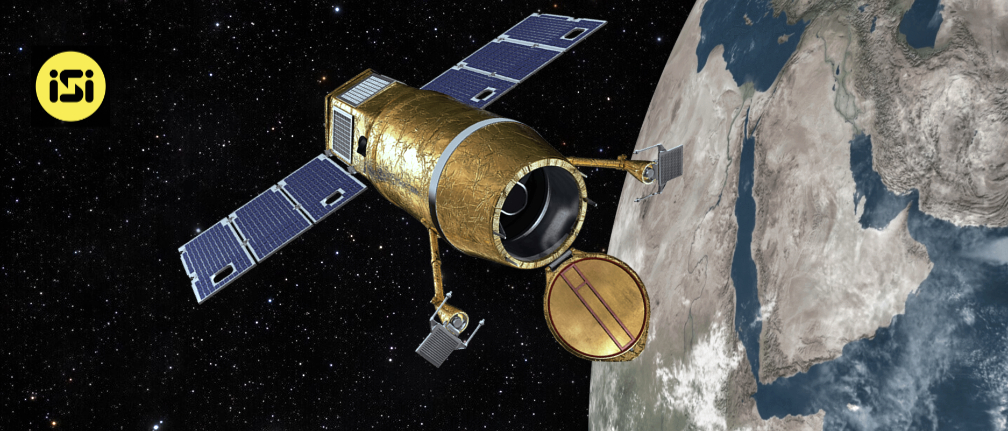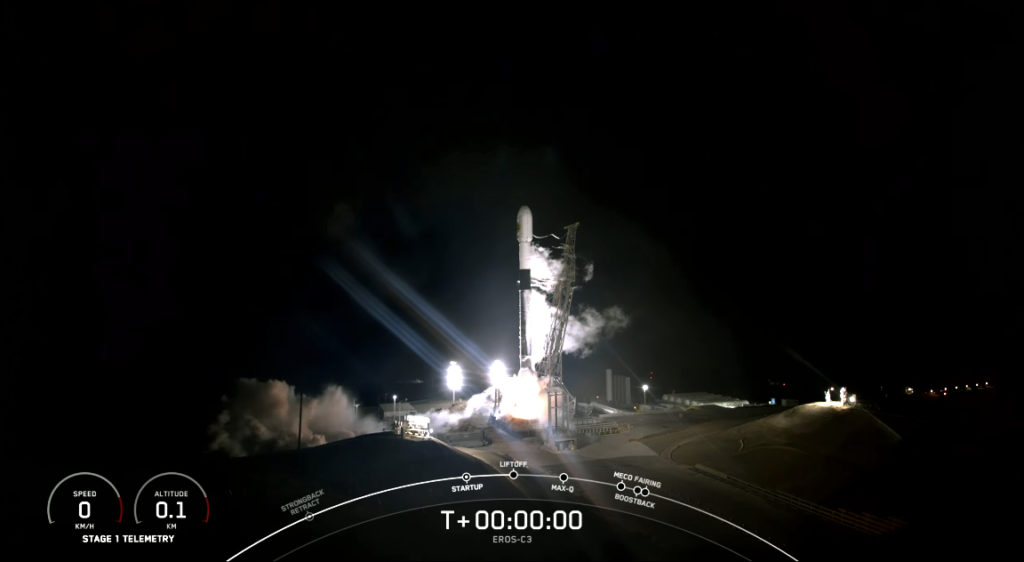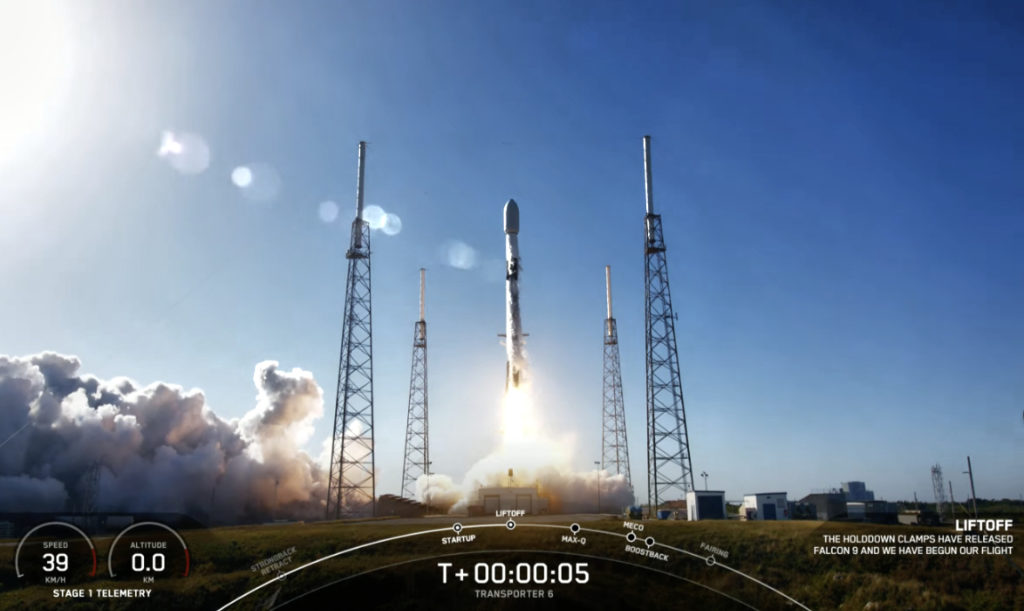
A Falcon 9’ has launched the company’s Transporter-6 mission from Space Launch Complex 40 (SLC-40) at Cape Canaveral Space Force Station in Florida.
The first stage booster supporting this mission previously launched GPS III-3, Turksat 5A, Transporter-2, Intelsat G-33/G-34 and 10 Starlink missions.
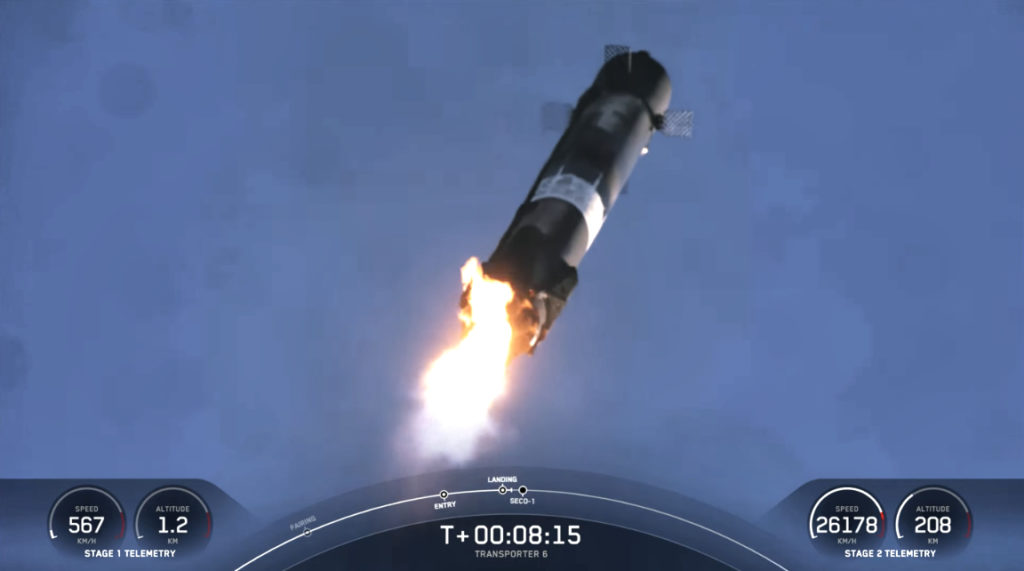
Following stage separation, the Falcon 9’s first stage accomplished a soft landing at Landing Zone 1 (LZ-1) at Cape Canaveral Space Force Station.
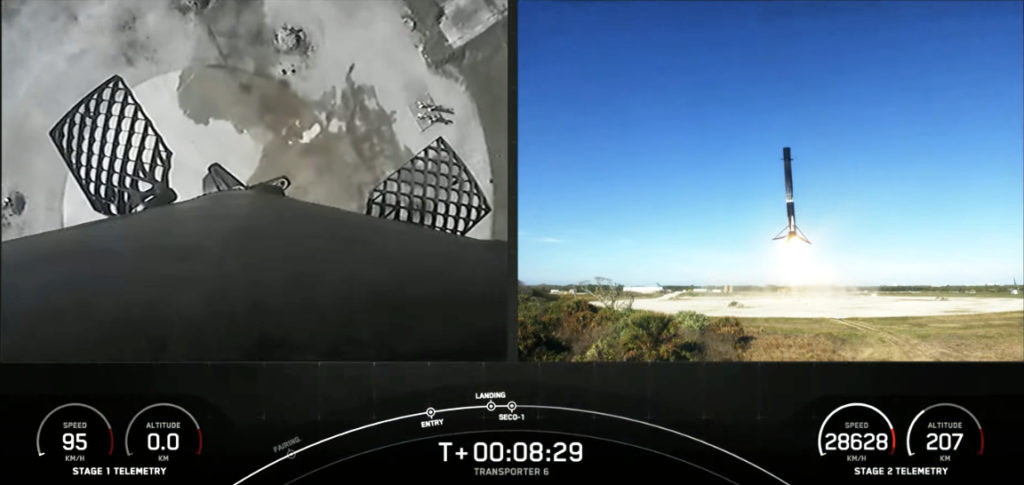
Transporter-6 is SpaceX’s sixth dedicated smallsat rideshare mission. There are 114 payloads on this flight, including smallsats and orbital transfer vehicles (OTVs), carrying spacecraft for later deployments.
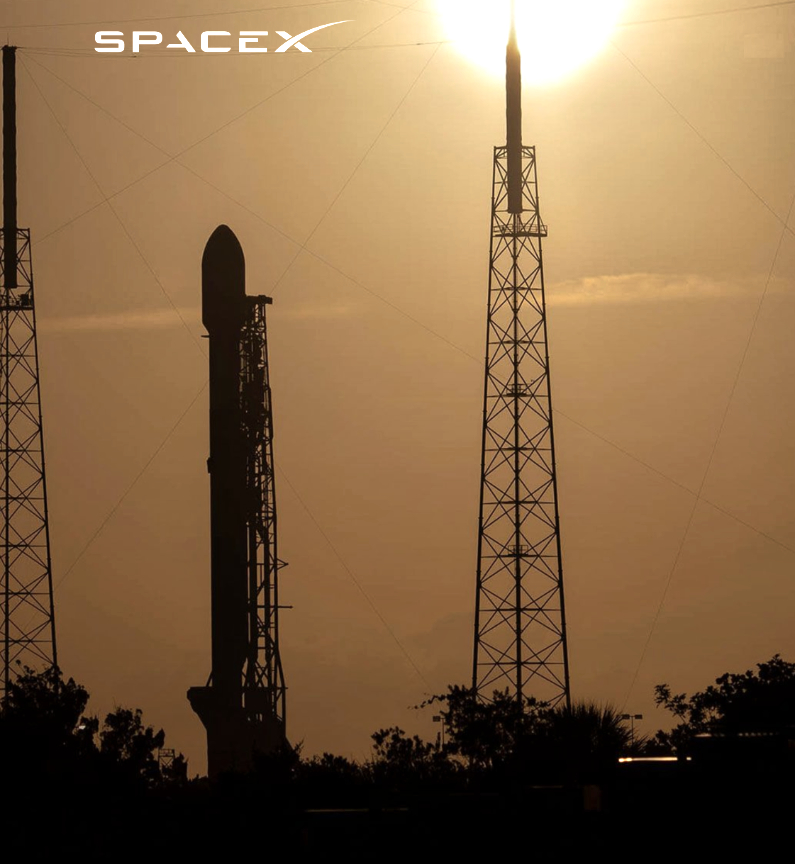
All imagery is courtesy of SpaceX via the company’s real-time streaming of this launch.
The planned smallsats deployment order…
KuwaitSat-1 / BDSat-2 / SharedSat 2211 / LEMUR 2 EMMACULATE / LEMUR 2 FUENTETAJA-01 / ConnectaT1.2 / GAMA Alpha / BRO-8 / Menut / Huygens / LEMUR 2 DISCLAIMER / STAR VIBE / LEMUR 2 STEVEALBERS / ISILAUNCH Kleos KSF3-A / Birkeland / SPACEBEE-156/ / LEMUR 2 MMOLO / ISILAUNCH Kleos KSF3-B / ISILAUNCH Kleos KSF3-C / LEMUR 2 PHILARI / ISILAUNCH Kleos KSF3-D / First Flock 4Y / EWS RROCI / SpaceBD ISILAUNCH PolyItan from Kiev / Second Flock 4Y / Guardian-alpha/ Third Flock 4Y deploys / Fourth Flock 4Y / SpaceBD Sony Sphere-1 EYE / ISILAUNCH ClydeSpace NSLSat-2 / ISILAUNCH Sternula-1 / Fifth Flock 4Y / Sixth Flock 4Y / Seventh Flock 4Y / Eighth Flock 4Y / Ninth Flock 4Y / 10th Flock 4Y / 11th Flock 4Y / 12th Flock 4Y / 13th Flock 4Y / 14th Flock 4Y / 15th Flock 4Y / 16th Flock 4Y / 17th Flock 4Y / 18th Flock 4Y / 19th Flock 4Y / 20th Flock 4Y / 21st Flock 4Y / 22nd Flock 4Y / 23rd Flock 4Y / 24th Flock 4Y / 25th Flock 4Y / 26th Flock 4Y / 27th Flock 4Y / 28th Flock 4Y / 29th Flock 4Y / 30th Flock 4Y / 31st Flock 4Y / 32nd Flock 4Y / 33rd Flock 4Y / 34th Flock 4Y / 35th Flock 4Y / 36th Flock 4Y / Lynk Tower 3 / Albania 1 / Lynk Tower 4 / YAM-5 / NewSat 34 / Albania 2 / X22 / X21 / First Umbra / Second Umbra / NewSat 35 / ION SCV-007 GLORIOUS GRATIA / ION SCV-008 FIERCE FRANCISCUS / Launcher Orbiter SN1 / X27 / Skykraft 1 / Vigoride 5 / CHIMERA LEO 1 / EOS SAT-1


